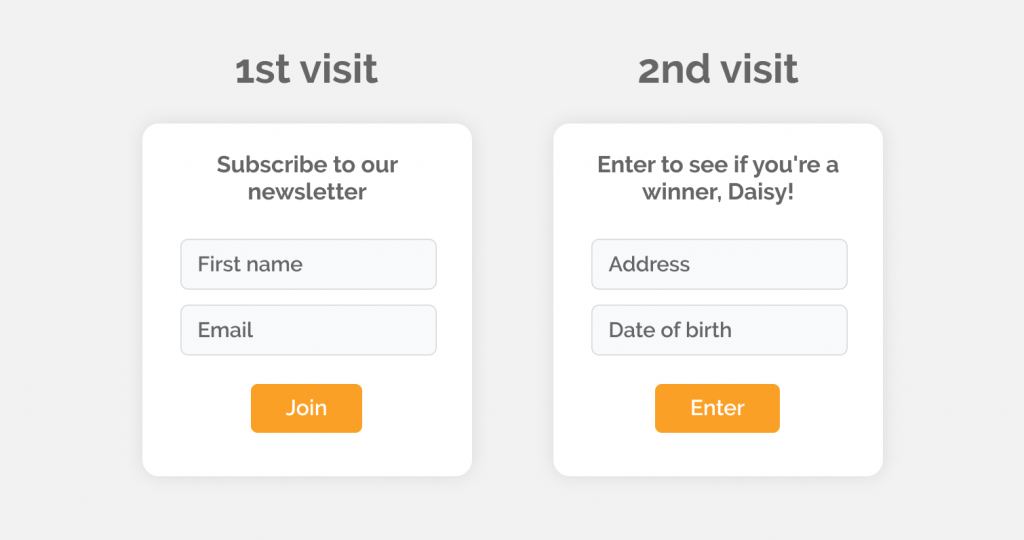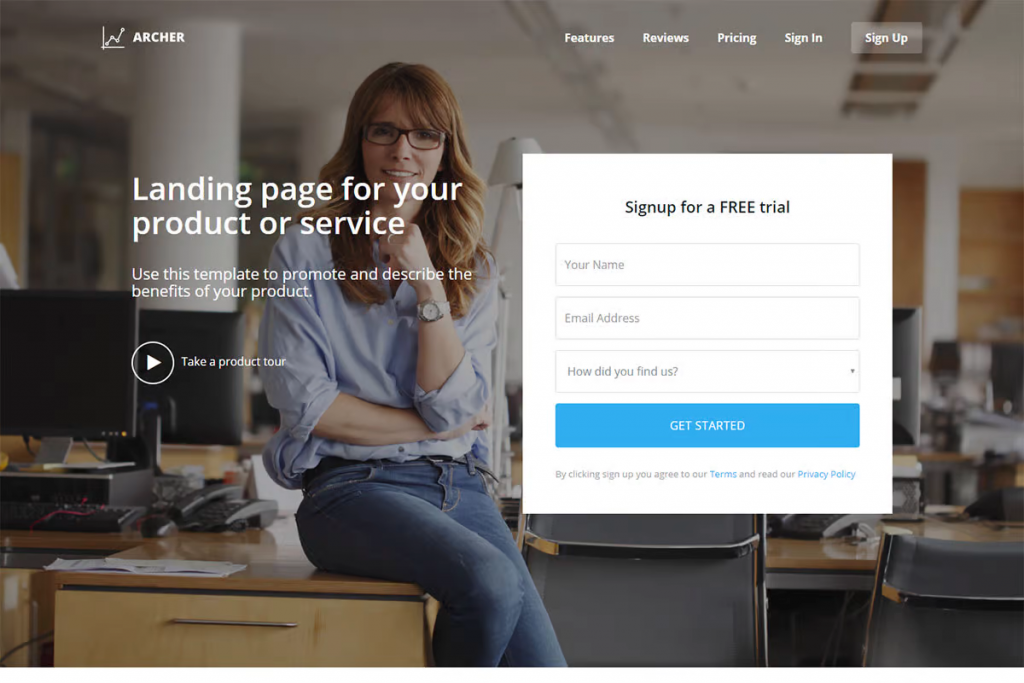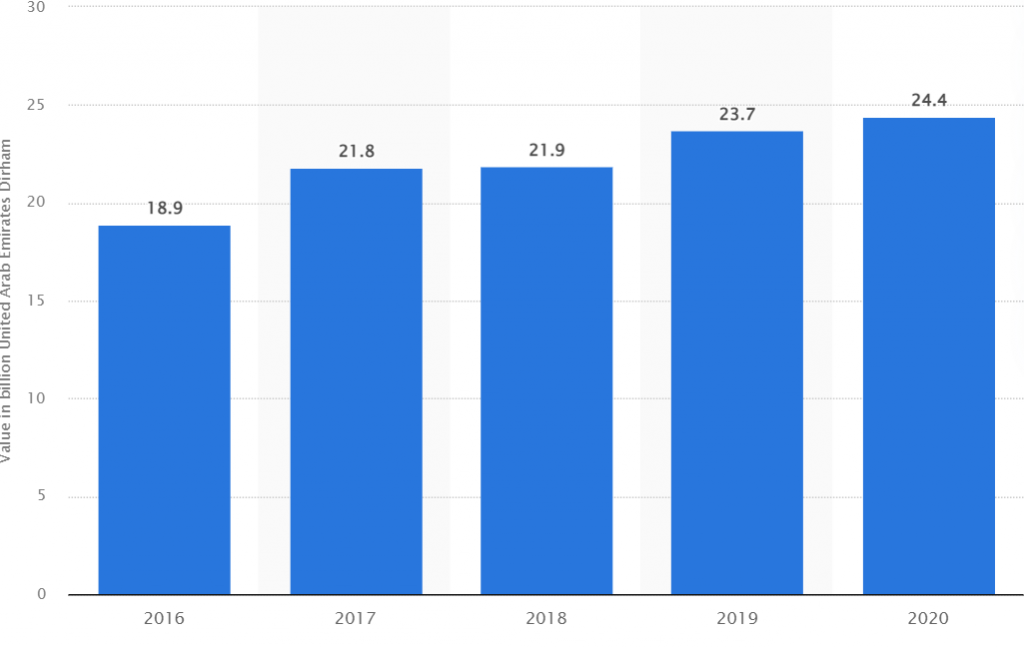How to Enhance User Experience & Increase Conversions through CRM
User experience and conversions are critical metrics used to measure the success of online businesses. With the rise of e-commerce in the UAE, companies are looking for ways to improve user experience and increase conversions.
This is where CRM comes in. CRMs are platforms that provide businesses features that allow them to build strong, meaningful relationships with their customers.
How CRM enhances customer experience and increases conversion
CRMs enhance experience thereby increasing chances of lead conversion by making it easier for businesses to collect information about their target audience. This information can then be used to personalize their interactions with the said audience.
Tasks like customer profiling, for example, are made easier using CRM because of its automation features. With this, customers are automatically prompted to fill out a form by the CRM and provide the necessary information without putting in too much manual effort.
Your team can then spend less of their time on manual tasks that can be automated, and more on important tasks at hand.
Data collected by CRMs also provide businesses insights into their customer’s behaviors and interests. It helps them deliver personalized and engaging experiences, leading to higher conversions compared to non-CRM users.
Examples of personalization features
Some features of CRMs like Saphyte enable companies to segment prospects by demographic, geolocation, and interest level to create customized campaigns tailored to each user group. Customer segmentation is important as it allows companies to target users with the same features at once.
CRM platforms also provide predictive analytics that helps businesses forecast future customer behaviors and trends so they can plan accordingly. This allows companies to stay current with their market’s latest buyer trends and customer preferences.
CRMs also offer a range of tools that help online businesses increase conversions such as A/B testing for landing pages, campaign optimization, and automated emails. These tools allow companies to test different variations of their campaigns and websites to determine what works best for their target audience and maximize conversions.
Learn more about enhancing customer experience and conversion
CRMs like Saphyte are invaluable tools for businesses looking to enhance user experience and increase conversions in the UAE market.
With its predictive analytics, A/B testing, campaign optimization tools, and automated emails, Saphyte offers a comprehensive solution for companies to target their customers successfully.
By utilizing these powerful features, businesses can optimize their lead generation process and create campaigns to drive conversions in the market.
Want to learn more about how you can improve your customer experience and lead conversion rates? Talk to our experts. Book a FREE demo below.
Curious how digital ecosystems can help improve your business?
Check out how digital ecosystems can boost your company performance by getting started here.
Book a Demo




